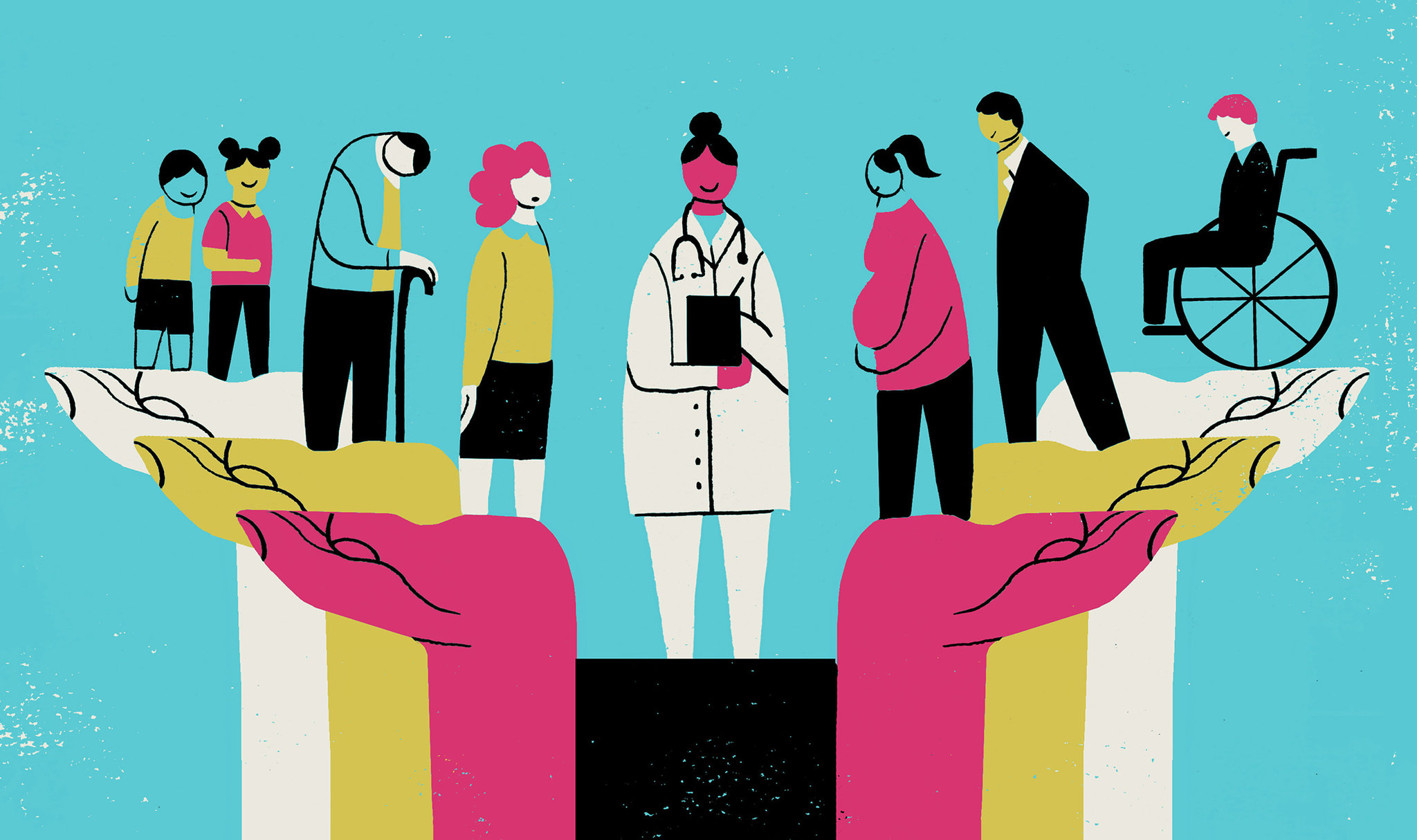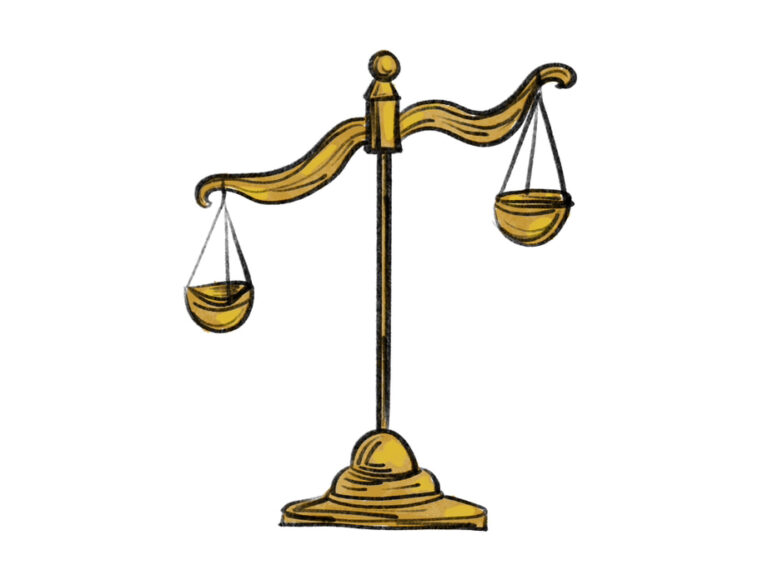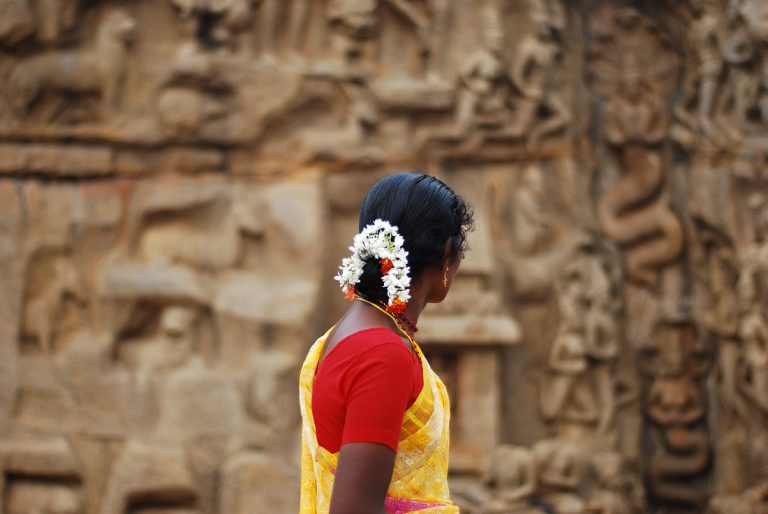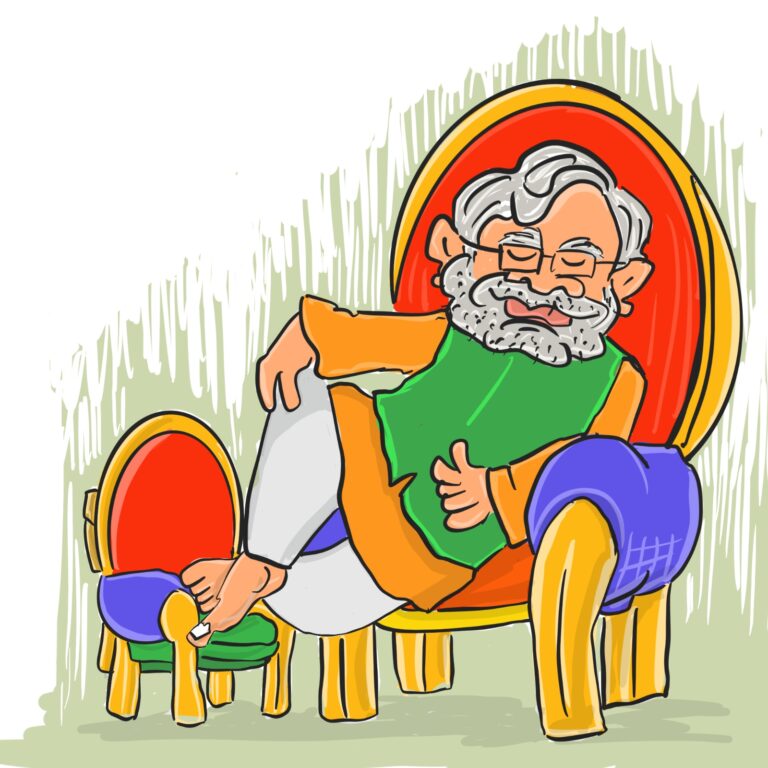Can Insurance be a Medium of Universal Health Care?
Ayushi Sharma is currently pursuing PhD in environmental health from Taiwan. She has been graduated in Anthropology from Miranda House, University of Delhi. She has worked in research and development from past 2-3 years. Her interests are inclined towards environment, health and social issues.
Universal Health Coverage (UHC) signify complete health coverage of a population to increase the accessibility of the health care services. UHC mean that all individuals in a community/population receive healthcare services without suffering financial hardships. It includes all the essential services, adequate quality and treatment across the life course. UHC is offered by federal government to everyone regardless of their ability to pay. This model required individuals to pay at least a portion of their medical costs directly while major cost of the healthcare is taken care by the federal government. The major dependency of the government is on taxpayer money to ensure every citizen has access to healthcare services they need. Across the globe, thirty-two countries have UHC, including several Asian countries as well. The delivery of such services require sufficient hospital care, primary care, prescription drugs without a steep financial burden on the patients. Developed countries are mostly able to achieve UHC by providing proper delivery of healthcare system however, developing countries like India lack a proper healthcare system functioning.
There are various modes of UHC model: single payer, mandatory insurance and national health insurance. In single-payer system, the government provide free healthcare paid from the revenue of income tax and services are fully owned by the government. Countries like United Kingdom, New Zealand, Spain, and other countries are single-payer system. Mandatory health insurance work on a model of social health insurance and require everyone to buy insurance, usually through their employers. Countries that utilizes mandatory health insurance are Germany, Belgium, France and other countries. National Health Insurance model uses public insurance to pay for private healthcare practice. Every citizen contributes to national insurance plan and medical costs are covered through it. Canada, Taiwan and South Korea use this model. The U.S. Medicare and Medicaid system are also based on national health insurance.
The real question is how developed countries are able to achieve UHC? The answer is through health insurance. Countries utilizes various model of health insurance to deliver healthcare system leading to an effective functioning of the system. The national health insurance plan run by the government in some countries or social medical care by private system in some countries to cover healthcare of all the individuals. Although, health insurance sometime does not cover severe diseases leading to out-of-pocket expenditure. However, health insurance is perfect tool for developing countries to increase the usage of primary healthcare in a population. Achievement of UHC is one of the targets of the Sustainable Development Goal in 2015. Though developing countries are still far away from attaining UHC, countries that progress towards UHC will make progress towards the other-health related targets and goals. Good health of a population and children provides the basis for long-term economic development.
Specially in lights of COVID-19 pandemic it is an important domain which requires an attention where a broken health system lead to loss of life. All countries should take actions to move towards UHC despite the setbacks of the COVID-19 pandemic. Moving towards UHC require strengthening of health systems in countries. Robust financial system to cover the cost of health care is required by most of the countries. Vulnerable population are the once who are not able to sustain out-of-pocket expenditures and thereby live deficient from the accessibility of healthcare services which is a basic right of all the individual. Pooling funds from government sources i.e. higher payment of GDP in healthcare is a necessity of the time to reduce the financial risks. In addition, countries should establish health insurance schemes to pool the funds via a single pipe to limit the burden on a population. The COVID-19 has shed light upon the healthcare workforce requirements in developing countries. Shortage of staff workers created a shattered healthcare delivery to the population. This gap has been in existence from a long time despite being devoid of required attention.
Why health insurance can be a solution?
Single-payer health insurance is a most equitable and efficient program where funds flow via a single pipeline. This kind of healthcare financing system is functional in Canada and United Kingdom. Even small island country like Taiwan are also able to utilize national health insurance plan to covey healthcare services to their public.
Even though during the initial phase of the implementation there would be scepticism like happened in any other country but eventually it will set up stage to provide a better healthcare coverage to the Indian citizens. In Taiwan as well when National Health Insurance comes into play in 1995 there were undoubted protests across the country posing a question over government decision. However, people accepted the implementation of the program once they started to enjoy it’s benefits. Today, Taiwan government stands unique across the globe due to the reach of their healthcare services. The program runs with extraordinary efficiency and is appealing due to it’s simplicity. One of the lessons can be learned from Taiwan National Health Insurance scheme is government pool funds via a unified payment system through public, in addition taxes collected from Tobacco are utilized in the healthcare system. Therefore, even if government is not able to increase the contribution of GDP to healthcare system like other developed countries, funds from other resources that are creating health risk can be merged with healthcare expenditure. The health insurance system is mostly funded by payroll-based premiums, with contributions from workers and their employers, supplemented by other more progressive resources of income. Furthermore, the premiums of the health insurance can be raised annually from the discussions among the healthcare providers and based on the rising cost. In developing countries like India, investments in quality primary health care via health insurance will be a cornerstone in achieving UHC.
The benefits of health insurance are quite comprehensive including hospital care, primary care, prescription drugs and even traditional medicines like Ayurveda or Homeopathy. Patients make co-payments when they visit the doctor and but these co-payments are generally very low. In addition, lower-income patients are given additional leverage to meet cost-sharing obligations. Higher income patients can take up private insurance for certain health issues which are not covered under the single-payer program. Therefore, obligation of health insurance provides a benefit to the patients and avoid patient negligence during healthcare ailment.
Therefore, health insurance can bring success story in Universal Health Coverage goal.









thank you